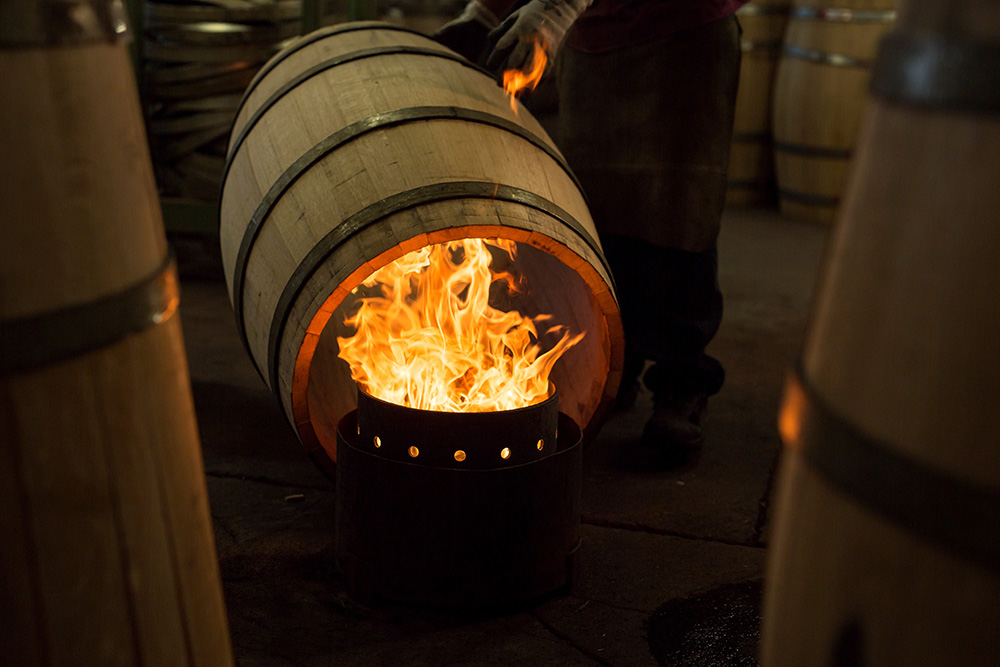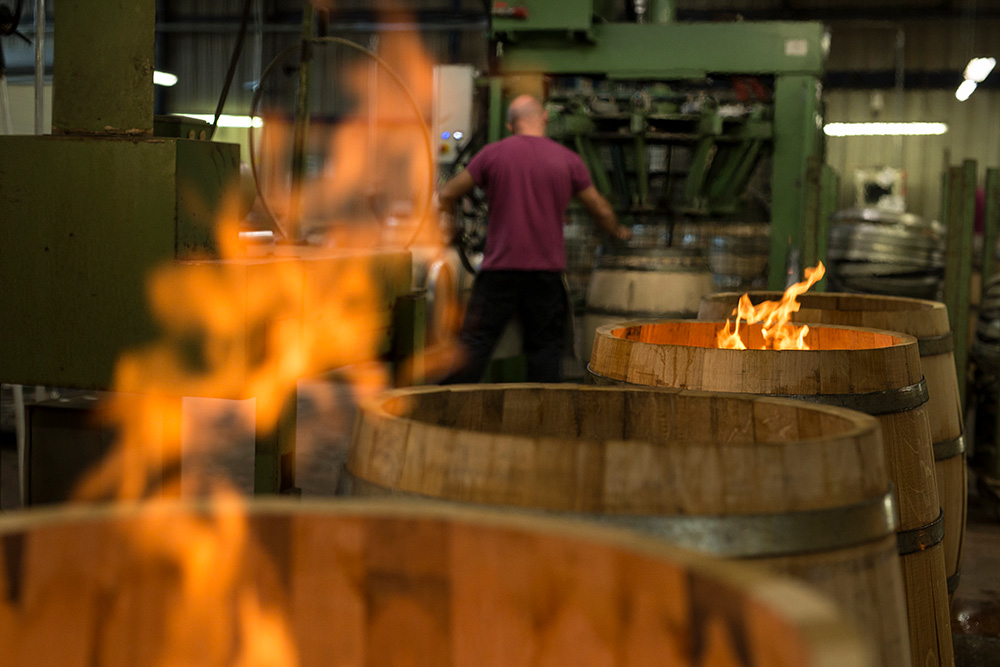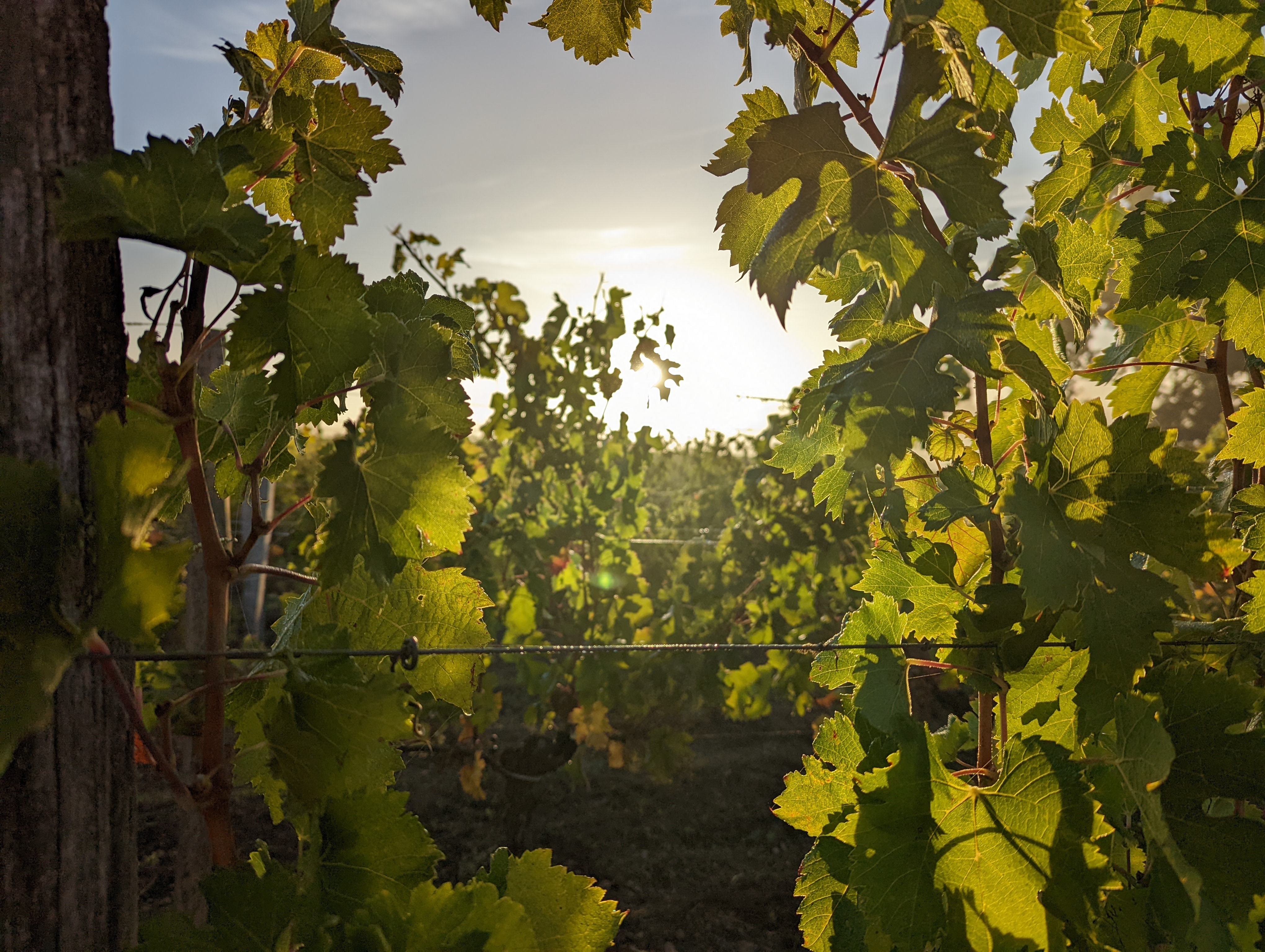Does the choice of barrel influence the identity of the wine?
Aging in a wooden container is an important phase in wine production. Initially used for transport purposes, barrels are now used to enrich the structure and aromatic complexity of wine, and increase its ageing potential.
The oak barrel, through its assembly, size, age and method of manufacture, influences the wine and its evolution throughout the ageing process. Let's see how...
Discover how oak barrels influence the characteristics of a wine
A number of factors influence the wine during the entire winemaking process: the type of grape variety chosen, the maturity of the grapes at harvest time, the winemaking process and, in particular, the type of container used, the final blend... Every decision made by the winemaker at every stage of the winemaking process will have an impact on the wine, its quality, its taste, its texture and its complexity. Let's take a closer look at one of these crucial choices: the choice of barrel for ageing.
The influence of the cooper
Since the end of the 1980s, new barrel aging has been very popular with wineries. It is essential for the winemaker to choose a barrel suited to the wine he wishes to make. Choosing a barrel, vat or cask to vinify and/or age wine starts with choosing a supplier, the cooper, an essential partner who, through his specialized expertise and know-how, will be able to meet the winemaker's specifications.
Oak quality
The type of oak used by the cooper to make the barrel is a carefully considered choice. The cooper will take into account :
- The geographical origin of its forest.
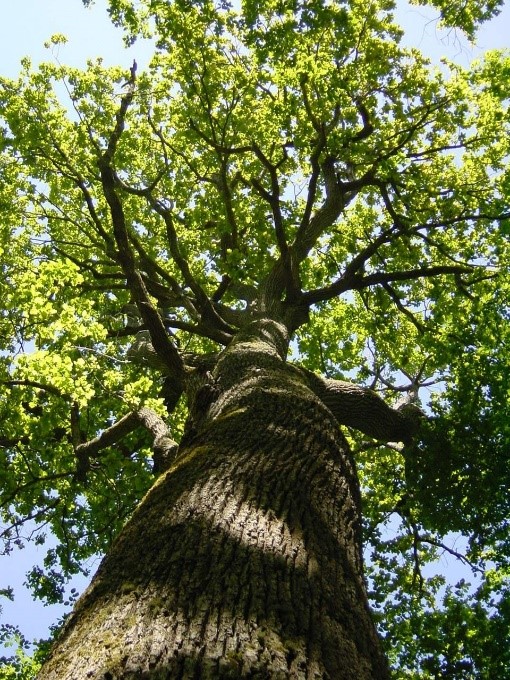
French coopers source 70% of their wood from communal or state-owned forests managed by the Office National des Forêts (ONF). The remainder comes from private forests. Some of these forests, such as Tronçais in France, are world-renowned for the quality of their oak. Just as the terroir of a vineyard is important in the blending of a wine, the terroir of a forest is decisive in the blending of a barrel. An oak growing on sand or gravel, facing north or south, will not grow in the same way, at the same speed, the grain will be more or less fine and the contribution to the wine will be different. French oak is renowned for its finesse and quality, and the aromas it brings to the wine. American oak, on the other hand, gives sweeter aromas, such as chocolate, caramel or coconut.
It's worth noting that the unique sustainable management of French forestry has ensured an age-old supply of reasoned wood since it was established by Louis XIV and his Prime Minister Jean-Baptiste Colbert. At the time, Louis XIV asked Colbert to draw up an inventory of the royal forests to strengthen the French Navy. The ordinance of 1669 guaranteed measures to protect the perimeter of the forest, coupled with a major reforestation campaign.
The forest grows on its own, but if we want it to provide the wood we need, retain its diversity and be beautiful and pleasant to walk in, we have to take care of it. In other words, we need to observe it, protect it, work on it and guide its development. That's why tree-cutting is both normal and necessary. At the same time as harvesting timber, it promotes the forest's growth and regular renewal. This sustainable management of our forests means that France has perennial forests on its soil. This kind of forest management of oak resources is not found in other countries. For example, the forests of Eastern Europe produce a fine quality of oak from forests that unfortunately do not have the same sustainable management as our French forests, which reconcile the economic, environmental and social dimensions of forests.
- Variety (sessile or pedunculate oak)
- Its growth rate, which determines grain size.
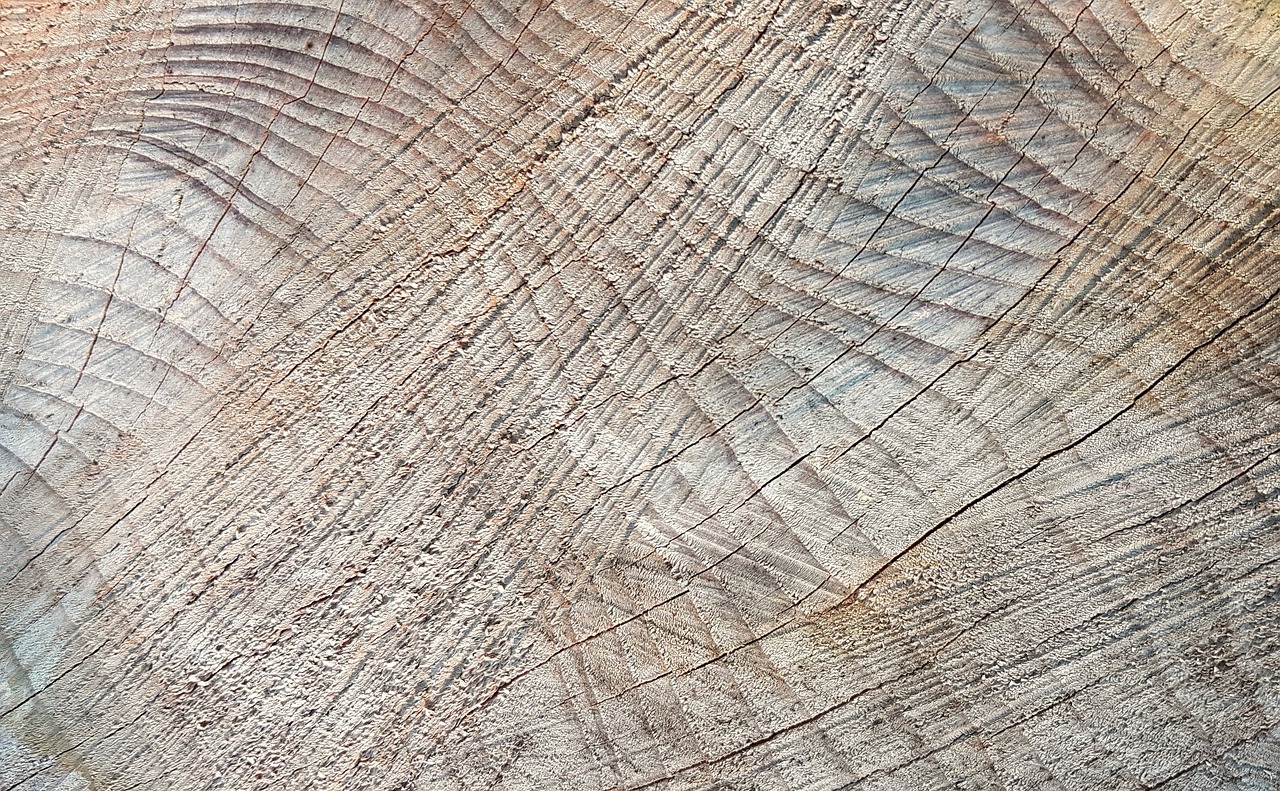
It's worth noting that although other wood species are sometimes used on an anecdotal basis (acacia, chestnut), oak dominates.
Maturation of staves
Once the oaks have been felled in the forest, the quality of the work done by the stave millers and then the coopers comes into play, transforming the logs into staves. The splitting of the oak is crucial to preserve the grain of the wood and guarantee the watertightness of the future barrel.
Next comes a fundamental stage: maturation. The methods and duration of stave wood maturation will also be decisive for the barrel, and by extension for the wine. This natural ripening time, which can last up to 36 months, allows the wood to gradually lose its green wood tannins, undergo biochemical ripening, lower its hygrometry to around 14-18% (compared to 65-75% before drying) for processing, and develop complex aromas that will then be passed on to the wine during barrel ageing. Thanks to wind, sun, rain and the way they are stacked, staves undergo enzymatic degradation, oxidation and leaching throughout this maturation stage, which profoundly changes their chemical composition and aromatic profile. Once they have matured for the necessary time, the staves are transferred to the cooperage, where they are reworked, assembled and heated, until they are transformed into barrels.
The different types of toasting (strong, medium, light)
Barrel toasting takes place once the staves have been selected for shaping the barrel, known as "mise en rose". There are two stages to this process. A distinction is made between :
- Toasting to bend the barrel;
- Toasting, or bousinage, to refine the internal firing of the barrel.
This final toasting will play a decisive role in the finished product and in defining the wine's future aromatic identity, particularly for wineries that use only new barrels to age their wines.
At Tonnellerie Sylvain, which supplies barrels for the vinification and ageing of Château La Rose Perrière, it's the expertise and eye of our master coopers, combined with temperature measurement tools and toasting protocols refined over many years, that enable us to shape barrels with the exact degree of toasting required. The technical nature of the toasting process lends an aromatic dimension to the barrel, which is then transmitted to our wines.
This technique involves heating the inside of the barrel with a flame of varying intensity, for varying lengths of time, to meet the winemaker's specifications. Over time, toasting techniques and methods have evolved to improve precision and repeatability. There are three main types of toasting:
- Light toasting gives the wine oaky aromas or slightly smoky notes.
- A medium toast is generally chosen for fat and sweetness.
- Strong, longer toasting allows the aromatic notes to express themselves and gives the wine structure. The aromatic notes will then evolve towards vanilla, spice and smoke.
Intermediate toasting levels (light +, medium +...) are often proposed by coopers to winemakers, always with a view to offering a tailor-made product that will sublimate their wines.
Barrel volume
Most wine-growing regions have their own traditional containers. Among the best-known and most popular with coopers are the Burgundy barrel, the Bordeaux barrel used at Château La Rose Perrière, and the muids or rather demi-muids (large barrels of 500 to 650 liters) increasingly used today, particularly in the Rhône Valley. Winemakers sometimes use other barrel formats, such as quartaut (56 L) or feuillette (114 L
The winemaker chooses the size of his barrels according to the type of wine he wishes to produce, since size is of major importance: the larger the barrel, the lower the wood-wine exchange ratio, and therefore the less concentrated the molecules such as vanillin or lactones naturally contained in the wood. As a result, a wine aged in a 225L barrel will reveal more of the aromas resulting from its maturation than a wine aged in a cask. Each barrel is tailored to the winemaker's needs and specifications, as well as to the desired wine profile. The ultimate goal is to find the perfect harmony and balance between the barrel wood and the winemaker's wine.
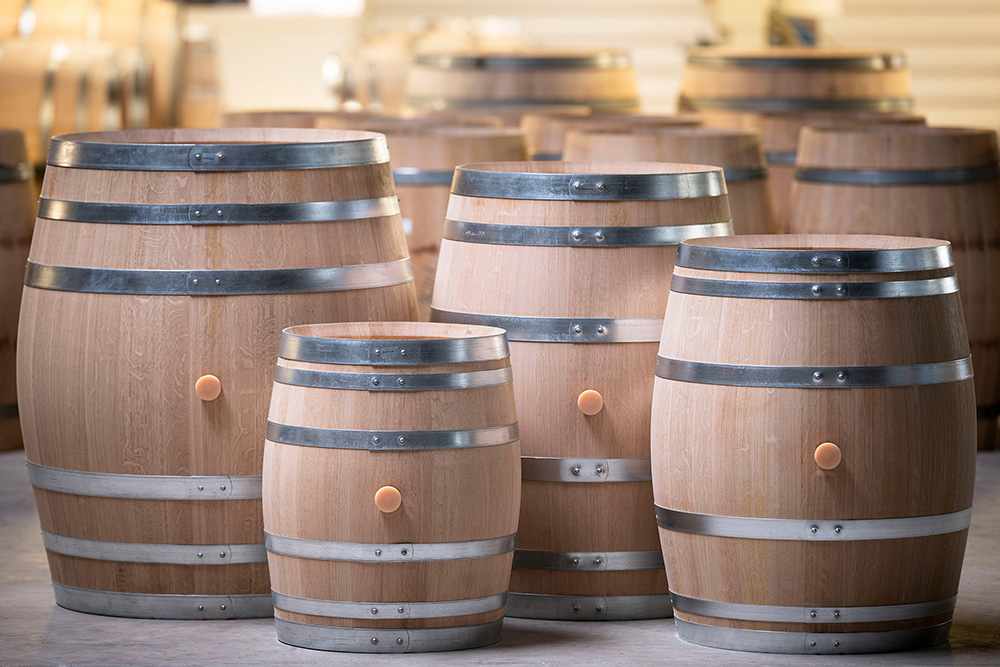
©Michel Joly
Over time, exchanges between the wine and the wood and the addition of oxygen modify the wine's chemical composition, tannins and aromas. These reactions are particularly decisive for ageing wines. These changes can be detected and monitored during regular tastings by the winemaker.
The age of the barrel
Changing and buying back barrels is not just an economic decision for wineries. It's also a choice made by the winemaker according to the aromatic and structural characteristics he's looking for in his wines.
Some estates prefer to change barrels every year. New barrels allow for a very significant oxidation-reduction phenomenon, particularly during the first few weeks of aging. This exchange between the air and the wine lends aromatic and structural complexity to the wine, and has a direct influence on its ageing potential. Slow, continuous oxygenation also stabilizes the color of red wines. At the end of aging, the wine's color will be more intense.
Conversely, other wineries choose to keep barrels for several maturation periods. Wood is exhausted by repeated use, and no longer has the tannins and aromas to transmit to the wine. This exhaustion depends on the intensity of use (number of rackings, contact time) and the type of wine (color, alcohol and polyphenol content).
After a few years of use, the barrel becomes a simple container, still allowing a low level of oxygenation if properly maintained.
At Château La Rose Perrière, the vast majority of our wines are aged between 10 and 14 months in new 225L barrels from Tonnellerie Sylvain, but also in 500L barrels and Marc Grenier casks.
The choice of maturing wines in oak barrels is therefore not insignificant. Beyond tradition, the use of a barrel, through its characteristics chosen by the winemaker, will have a greater or lesser impact on the final wine, giving rise to a whole range of complementary aromas. Barrels also contribute tannic and phenolic compounds that modify, and if possible soften, the wine's tannic structure, derived from that of the grape. In this way, the barrel adds complexity to the wine, giving it typical flavors that are a veritable aromatic signature for the winery. This aromatic signature is then confirmed as the wine ages in bottle. In short, oak barrel ageing allows the wine to evolve and grow, making it even better!
Discover that of Château La Rose Perrière with our red wines Château La Rose Perrière in Lussac Saint-Emilion and Clos Les Grandes Versannes in Saint-Emilion Grand Cru. The aromatic signature of our wines is partly the result of trials and research undertaken with Tonnellerie Sylvain to select the ideal type of barrel and toast for our wines.
